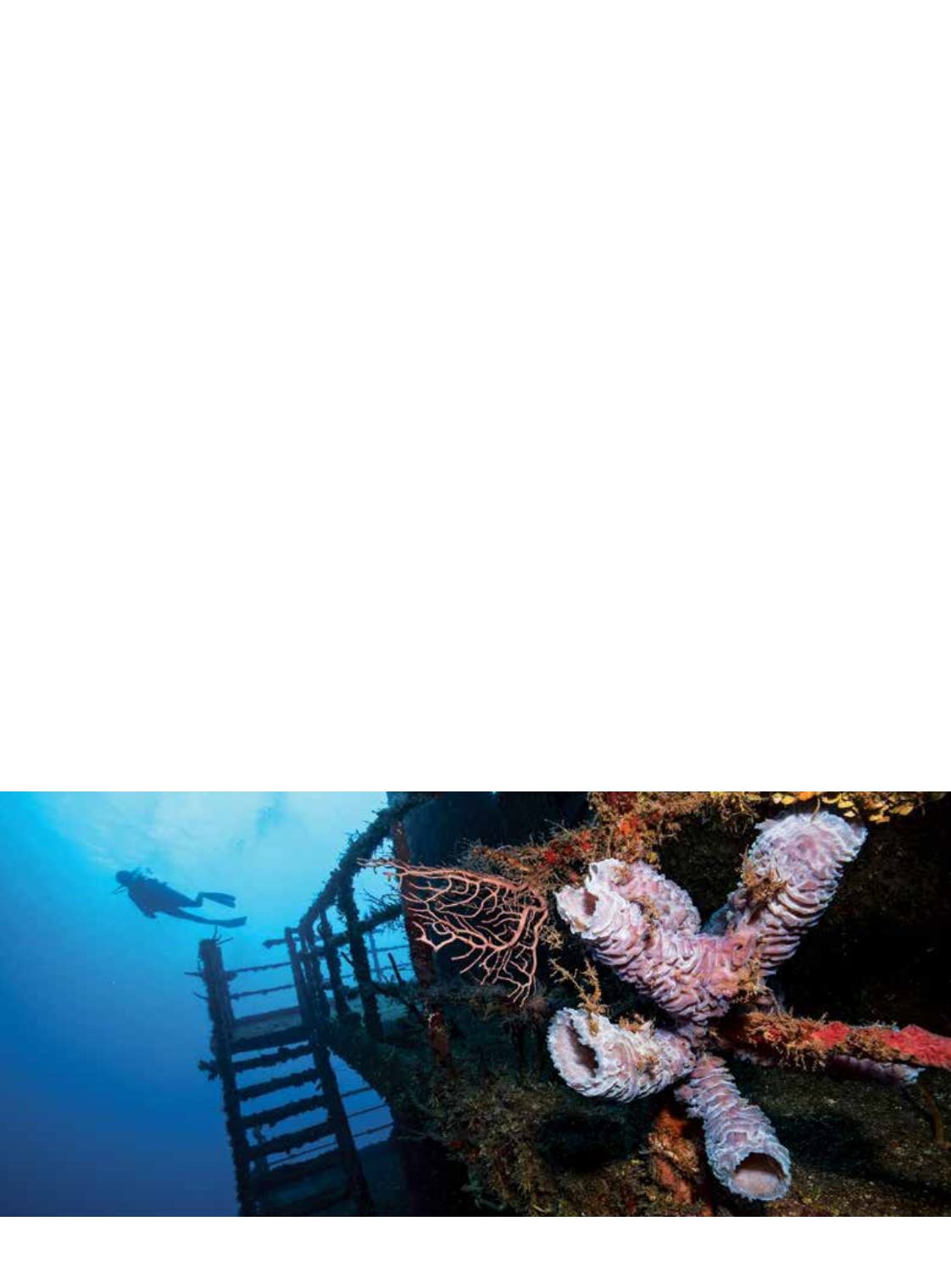

one cause — 90 percent of lung cancer is associated
with cigarette smoking. However, only 10-15 percent of
smokers develop lung cancer in their lifetime, suggesting
that there may be a host of differences in susceptibility. A
family history of lung cancer doubles the risk of developing
lung cancer, but a specific inherited factor has not been
identified. Genetic studies of lung cancers continue,
not because we want to learn who can smoke risk-free
(smoking causes many other cancers and serious diseases)
but to find possible genetic drivers of cancer growth that
could be targeted by therapy. At present, genetic testing
may help guide the therapy in a small fraction of lung
cancer cases. The most significant target for the prevention
of lung cancer, however, is cessation of smoking, and
preventive efforts need not wait for advances in medicine
to eliminate 90 percent of lung cancer cases.
PROBLEMS WITH PRECISION IN DCS
In decompression sickness (DCS), the magnitude and
duration of exposure to pressure, the rate of decompression
and some external factors determine the outcome of a
dive. The role of tissue supersaturation with inert gas
is notorious. The deeper and longer the dive and the
faster the decompression, the greater the likelihood of
supersaturation during ascent and of venous gas emboli
(VGE), popularly called bubbles, which may result in DCS.
In severe decompression accidents the consequences are
generally grave without much variation among individuals
due to the overwhelming significance of the external
factors. However, in relatively mild dive exposures when
the pressure and pressure change are limited, occurrence of
VGE is variable but common, while occurrence of DCS is
very rare but never zero.
The variability in both of these outcomes still escapes
our comprehension. After the same dive, some divers may
develop a lot of VGE, while others will not develop bubbles
at all. In most divers who develop bubbles, the VGE are
filtered out by the lungs and cause no harm. In a fraction
of divers, however, VGE will pass through the right-to-
left shunt from the veins into the arterial circulation,
potentially blocking terminal arteries, damaging organs and
causing symptoms of DCS. Even when this arterialization
of bubbles occurs, few affected divers develop DCS.
The only constant is that with more severe dive profiles
(greater pressure, longer exposure duration and faster
decompression) the average probability of DCS increases.
Contemporary dive-computer models measure
exposure to an external factor — pressure — over time,
but they cannot measure internal factors that modify the
saturation and desaturation of the body. These include the
amount of blood that perfuses tissues per unit of time,
percent and distribution of body fat and other known
and unknown factors. Algorithms used in dive computers
take into account just the dive profile (the depth, time,
breathing gas and rate of pressure change), assume an
average body build and metabolic state, and predict the
probability of DCS. However, it is clear that the risk is not
the same for all individuals, but specific individual factors
are not known. Figure 1 shows three stages of individually
differentiated risk.
ALERTDIVER.COM|
51
STEPHEN FRINK
















